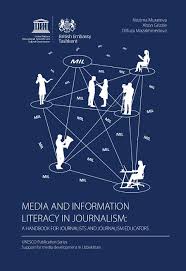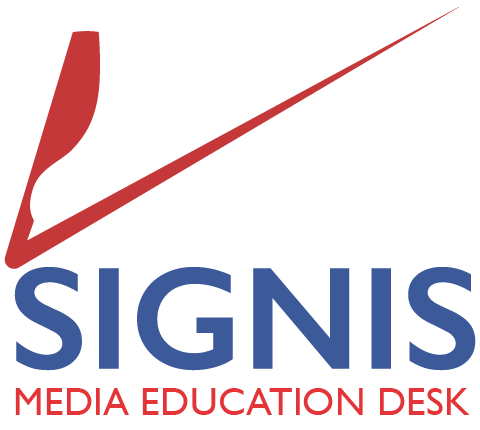UNESCO published a manual for journalism professionals and educators

It is the title of the educational manual published by the United Nations Educational, Scientific and Cultural Organization, UNESCO. The document is aimed at journalists and professors in the area and is available free of charge in digital version and online in four languages: Caracalpaque, English, Russian and Uzbek. The manual was developed as part of the project "Improving the capacity of the media in Uzbekistan to serve the public interest" , developed by Unesco's office in Tashkent, with the support of the UK government.
The first three parts of the manual include theory, exercises, and case studies. Finally, the work presents practical activities that aim to ensure understanding of the material. The topics developed are that of misinformation, the conceptual framework of Media and Information Literacy (AMI), its importance to society and the principles and role of AMI in journalism education.
In addition, the manual explores topics such as Internet ethics, human rights, working with sources, journalistic skills to collect and process information, ways to verify and provide reliable information and identify false news.
The publication is another Unesco initiative with the aim of helping journalism professionals, teachers and, in particular, journalism students to confront misinformation through educational material. In 2019, the organization made available the manual “Journalism, fake news and disinformation: a manual of education and training in journalism”, originated in the International Program for the Development of Communication (PIDC), which houses, in one of its lines of action, the line of work "Global Initiative for Excellence in Journalism Education" .
The document in English is available here
Source: UNESCO






